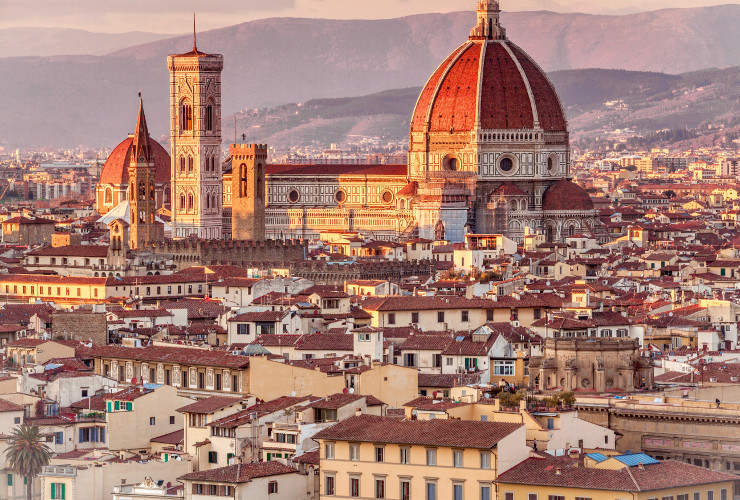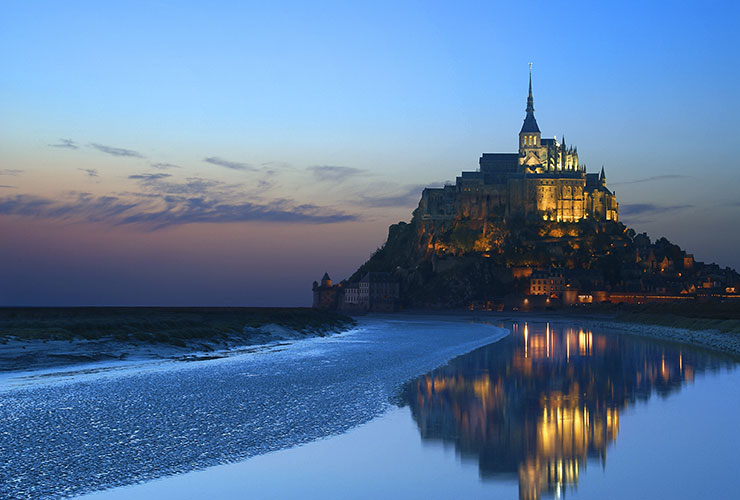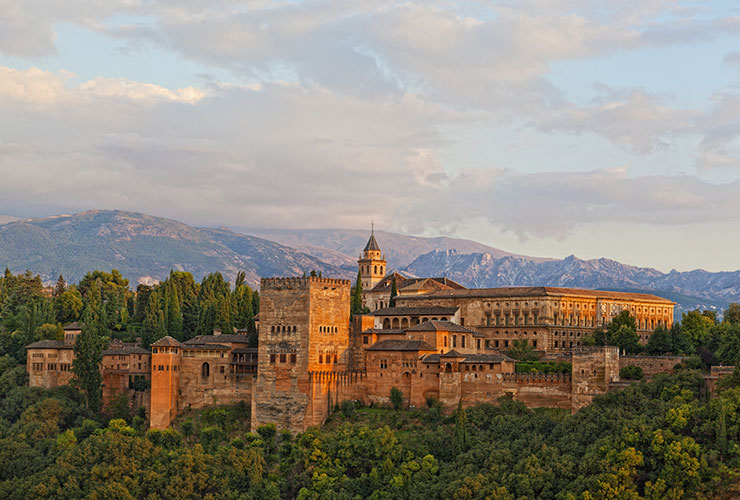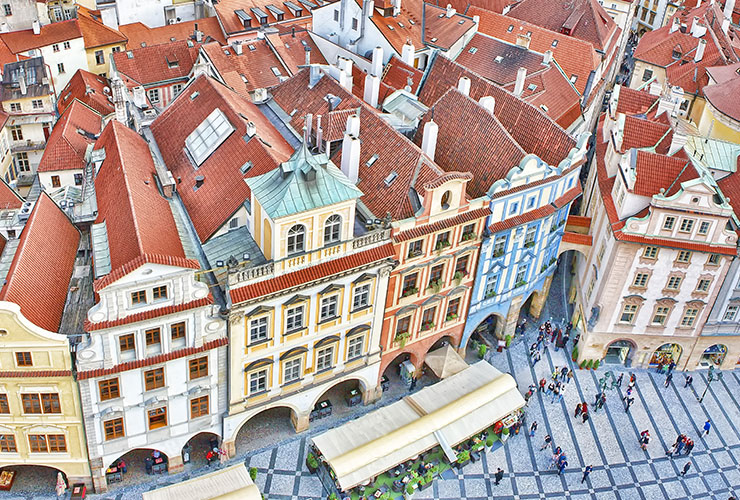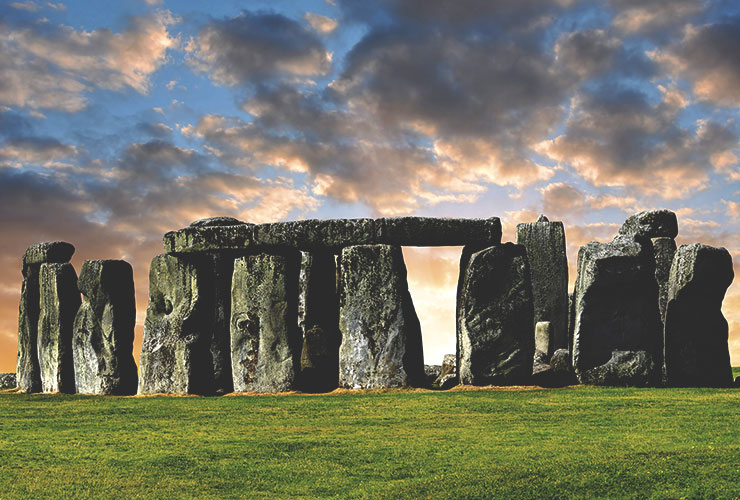Neuschwanstein Castle Experience
The Neuschwanstein Castle is one of the most famous castles in the world, and undoubtedly the most seen in movies. Its name translates to “Castle of the New Stone of the Swane”, the heraldic animal of the Counts of Schwangau, ancestors of Ludwig II of Bavaria who built it after visiting the Wartburg castle in 1886. The castle, however, is also a tribute to Richard Wagner. The king was obsessed with the composer and his works, such as “Tristan and Isolde”, “Tannhäuser” and especially the “Parsifal”, all linked to old Germanic legends.
The castle is located in the Bavarian mountains close to the Austrian border’s picturesque scenery. Built in the Romanesque style, with towers 80 meters high and a perfect mix of spiers and curved surfaces, the castle is hard to pass unnoticed. Walt Disney made it famous all over the world. he was enamoured by the Neuschwanstein Castle and choose it as the model for the castles of his cartoons. Very similar manors indeed appear in The Sleeping Beauty, Cinderella and Snow White and the Seven Dwarfs, and even in all the Disney parks around the world. Disney helped to make this Bavarian castle the Classic fairytale castle.
Its fame is well deserved thanks to its external appearance, but its richly furnished inner rooms are no less impressive. They are a magnificent tribute to Richard Wagner. In the dining room you will find paintings depicting scenes of a legendary contest between singers that occurred in Wartburg in 1207, from which Wagner drew inspiration for Tannhäuser. Above one door is the metaphorical representation of Wolfram von Eschenbach, who wrote the “Parsifal”, and above another Gottfried von Strassburg, the author of “Tristan and Isolde”.
In fact all the rooms of the Neuschwanstein Castle are unique, just enter the throne room and you will realize it. Here marble steps lead to the apse that dominates with a throne of gold and ivory. Yet, with the death of the king all work planned and not yet started in the throne room were never finalized. In the room there is even a painting with another castle designed by Ludwig but never built, the Falkenstein rock. The bedrooms are magnificent too. The king’s bedroom was made in a late Gothic style and features extensive carved oak wood elements, the result of 14 artists who were engaged for four years to complete the work. Finally do not miss the view from the balcony windows. From here you can indeed see the Pöllath’s gorge with its 45 meter high waterfall. During the night the castle is fully illuminated and looks really impressive. Why not enjoy it?
Cologne Cathedral Experience
The Cologne Cathedral is one of the greatest examples of Gothic harmony and perfection, and also the pulsating heart of the city itself. Inspired by the architecture of Amiens Cathedral in France, construction of the Cologne Cathedral began in 1248 to house the relics of the Three Kings, brought from Milan by Emperor Frederick Barbarossa and his Archbishop Rainald von Dassel. Work progressed very slowly until it finally halted completely around 1560 due to lack of money. Although unfinished the cathedral was still used for religious functions and Cologne became a very important pilgrimage point because of the relics housed in the cathedral.
Around the turn of the 19th century supporters of the German Romantic movement reawakened public interest in completion of the Cathedral due to their enthusiasm for the Middle Ages. In 1880 the Cologne Cathedral was completed following the original designs from the Middle Ages. Although the purpose of the Cathedral was not to satisfy aesthetic senses, but rather to initiate man on his path towards God, this architectural gem is amazing.
The towers are 157 meters high and give a real sense of vertigo. The interior is astonishing: five beautiful naves, with the central one exceeding 40 meters in height and with every column and every grain of marble jutting skyward. The 1,350 square meters of stained glass windows preside over the choir, with their stories from the Old Testament that appear as though written in the sky. The beautiful choir stalls from the 14th century are the largest in Germany. There are 509 steps that lead to the viewing platform of the southern tower that offers a ‘flight’ through the eyes on Cologne. Further above 8 bells watch over Cologne: one is called “Peter der Grosse” (Peter the Great) and with its 24,000 kg is the largest bell clapper in the world.
Even the Shrine of the Three Kings seems to claim with its size the ambition of the cathedral to inspired visitors with feelings of grandeur. Made of wood and silver, weighing 300 kilos and at 1.5 meters high and 2 meters long, it is the largest sarcophagus in Europe. It is impossible to determine whether the bones found in it really did belong to the three Kings. What is certain, however, is that it contains the relics of the patron saints of Cologne: St. Felix, St. Nabor and St. Gregory from Spoleto.
During the Second World War the cathedral suffered heavy damages, yet it nevertheless remained standing. Nowadays visitors to the Cologne Cathedral quite often see it with scaffolding. After completion of construction it was realized that the sandstone with which the cathedral is built is very sensitive to atmospheric conditions, such as smog, rain and bird droppings. Since 1904 the “Dombauhütte”, the construction company that at the end of the 19th century completed construction of the cathedral, has been continuously busy with restoration work. We hope when you visit the cathedral that you will be fortunate to see it unobstructed and in all its splendor.
 Hire Expertise
Hire Expertise Bespoke Itineraries
Bespoke Itineraries Travel Carefree
Travel Carefree